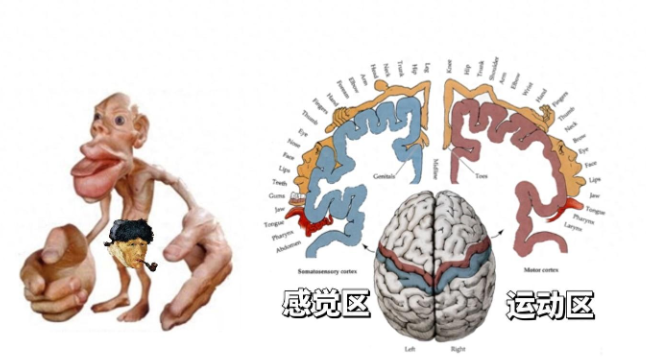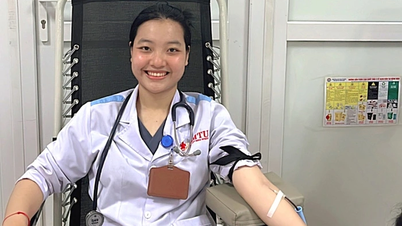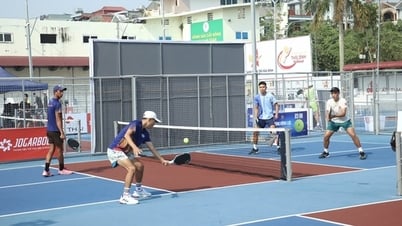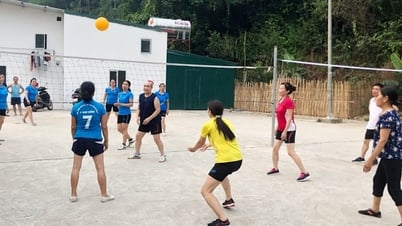The code for high IQ is hidden deep in two parts of the child's body.
To help people clearly understand how the human brain perceives and controls the body, Canadian neurosurgeon Penfield drew the famous “Penfield Map” after conducting a lot of research.
Look at the “dwarf” in the picture on the left. His fingers and mouth are extremely large, but his limbs and body are skinny. Don’t you think his proportions are particularly strange? This is due to the part that reproduces the proportion of neurons in the brain that control each part of the human body.

From this we can see that the first large part is the finger, the second large part is the mouth. The brain is very sensitive to information from both parts. In the early stages of life, the brain is developing at an incredible rate, with tens of thousands of neurons forming connections every second. Children exploring the world with their hands or mouth every day can stimulate most areas of the brain and deepen the entire nervous system.
To put it bluntly, whether a child is smart or not, whether his brain can move fast enough or not, and what his potential is all depend on how much he uses these two parts when he is young.
1. Hand
The fingertips are where the most nerve endings are concentrated. Just by moving your fingers, you can activate 1/3 of the motor area and 1/4 of the sensory area of the brain. That is why the fingers are also called “the tentacles of the brain”.
Play is a child's primary duty. To develop your child's intelligence, start with the hands and promote brain development by providing a variety of stimulation to the fingertips.
Before age 3, your child should be allowed to color, apply stickers, tear paper, and play with flip books. After age 3, your child can fold origami, string, play with mud, puzzle, puzzle, and finger exercise. Children can play with anything, as long as it is safe.

Take building blocks as an example. Before assembling, children need to make a model in their minds and then assemble each piece from memory. How to hold it, how to place it, and what to do if they make a mistake? The whole process requires the cooperation of the hands, eyes, and brain to complete. It seems very simple, but every action, every thought can make the neurons connect deeper and wider.
Rich and delicate fingertip experiences not only stimulate thinking but also improve calculation and spatial awareness. A study by Hiroshima University in Japan showed that the more skillful a child's fingers are, the stronger their logical thinking and calculation abilities are, and the more actively they can solve mathematical problems.
Children with nimble fingers have better spatial awareness, knowing how to write strokes and the spacing between them. Therefore, when they start learning to write, they often write more neatly than normal children.
2. Mouth
The area around the mouth is home to many nerves that are directly connected to the brain. When we chew food, information is transmitted to the brain through the five senses, activating all areas of the brain, including the prefrontal cortex, which helps people plan for the future, self-management and problem solving, and the hippocampus, which is responsible for memory and spatial awareness.
In addition, chewing can also promote the development of chewing muscles, helping children speak more clearly and strongly. Therefore, letting children chew thoroughly from an early age not only helps the spleen and stomach, but also improves language expression skills and builds a smarter brain.

When eating, the child's senses of touch, taste, hearing, sight, and smell are involved. The prefrontal cortex gives the child corresponding instructions about the texture of the food and how to eat it.
Therefore, when supplementing complementary foods for children, parents need to proceed step by step. Of course, as children grow up, they need to prepare some chewy foods every day, especially breakfast. Chewing properly can stimulate the brain to secrete serotonin and increase blood flow in the brain. This can improve children's attention and memory, allowing them to more freely deal with various challenges brought by learning.
After all, the hands and mouth are the parts of the body that have the closest connection to the brain. They can strongly stimulate most areas of the brain and help countless neural circuits of the child to continuously develop.
Source: https://giadinh.suckhoedoisong.vn/tre-co-thong-minh-hay-khong-phu-thuoc-vao-2-bo-phan-nay-cha-me-tham-khao-de-giup-con-phat-trien-tri-nao-hoc-hanh-gioi-giang-172241022165914553.htm







![[Photo] Prime Minister Pham Minh Chinh receives delegation from the US-China Economic and Security Review Commission of the US Congress](https://vphoto.vietnam.vn/thumb/1200x675/vietnam/resource/IMAGE/2025/5/7/ff6eff0ccbbd4b1796724cb05110feb0)
























































![[Photo] Prime Minister Pham Minh Chinh talks on the phone with Singaporean Prime Minister Lawrence Wong](https://vphoto.vietnam.vn/thumb/402x226/vietnam/resource/IMAGE/2025/5/8/e2eab082d9bc4fc4a360b28fa0ab94de)































Comment (0)